Serbia is a country in the Balkans, where they drink coffee for breakfast, lunch and dinner, live on the principle of Slow-lining, and they go to the football match of the local team: they almost never miss. Serbia has a multi-century story, and you probably heard names such as Emperor Konstantin the Great, director and screenwriter Emir Kusturitsa, the first racket of the world Novak Djokovic and Motivator Nick Vuychich. We tell you how to become our “BRT” in Serbia.
North and South Serbia: What are the differences
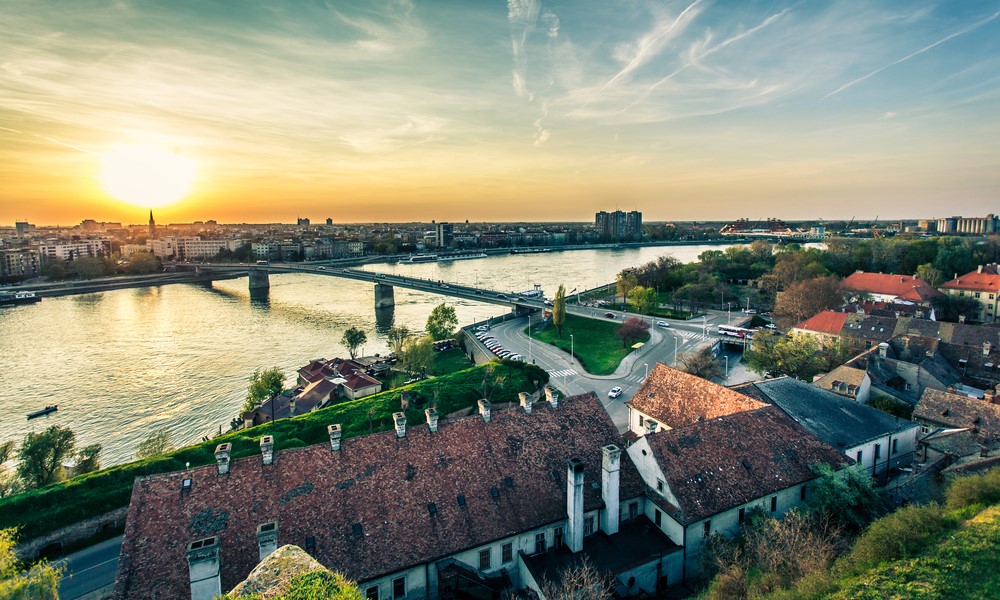
The history of Serbia has 16 centuries, and its borders extend to 88,499 square meters. km. On the one hand, it is surrounded by Bulgaria, Northern Macedonia and Albania, on the other – Hungary, on the third – Montenegro and Bosnia, and from the fourth – Romania. Such a neighborhood could not but influence culture.
Northern and South Serbia are two countries in the same territory. They differ not only in geography and nature, but also a mentality and way of life. If you go to the north, then enjoy the Austro-Hungarian culture and architecture, plains, a relatively high level and fast rhythm of life. And in the south, Dinar Alps, the Balkan Mountains, the Ottoman and Byzantine heritage and the complete disorganization of the locals will wait for you from the waiter’s slowness in the bar to the unwillingness to work as a manager in a state institution. Such a discrepancy is due to the influence of neighbors on the country at different times, so take this into account when planning a trip or when you talk about Serbia to friends, having visited only one part of it.
Why go to Serbia, how to understand it and what to expect from it
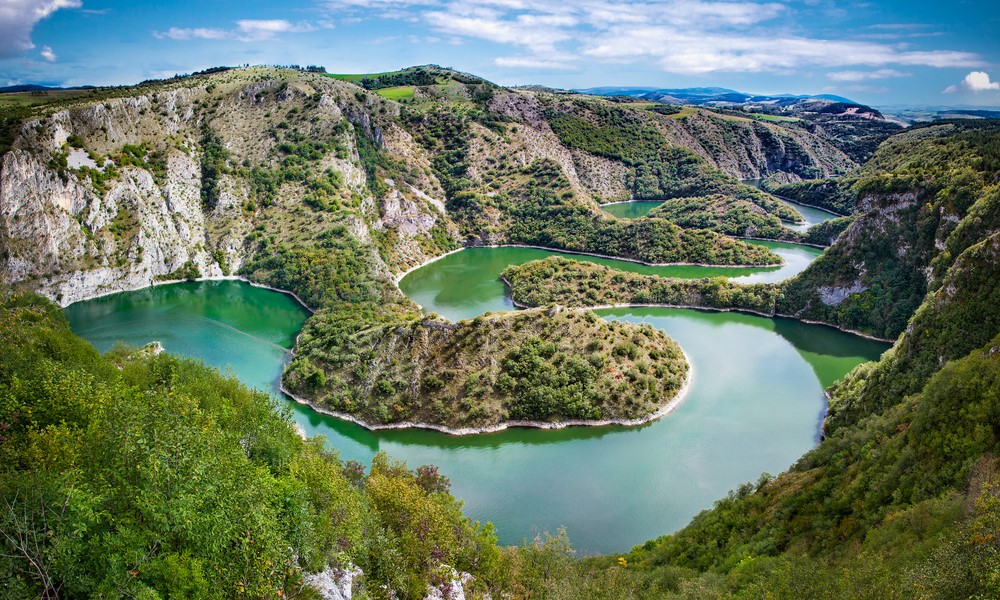
It is worth going to Serbia if you are tired of the fast flow of life and want to slow down. Wake up in the afternoon, do yesterday’s business after three days, sit up in kafans (Serbian cafes) until the morning, there is a lot to travel by car around the country and beyond – this is all about the Balkans and Serbia in particular.
It doesn’t matter who you are – a student with a minimum amount in your pocket, a young couple tired of traveling to Thailand and Barcelona, or a middle -aged person who wants to feel at home – Serbia will suit everyone. The main thing is to choose the right city and season in order to enjoy your stay in the proud Slavic people to the maximum.
Here are some tips that will help to join the local lifestyle and feel the country and its inhabitants by 100%:
1. Learn the basic words and phrases in Serbian in order not only to get a respect from the locals, but also not to get into trouble with the words like: pride (Ponno), Colonel (Psovnik), Theater (Posofa) and Santa Claus (Grandfather Mraz).
2. Do not refuse if you are offered to drink coffee with Rakia (local alcoholic drink) at 10 in the morning – this is not alcoholism, but an ordinary Serbian breakfast.
3. Visit the Térms and get wet in hot baths at least once (for example, in Sokoban). Without this, a trip to Serbia will be incomplete.
What should you see and do in Serbia? 10 classrooms and classes
1. To visit the Kafan on the Serbian feast
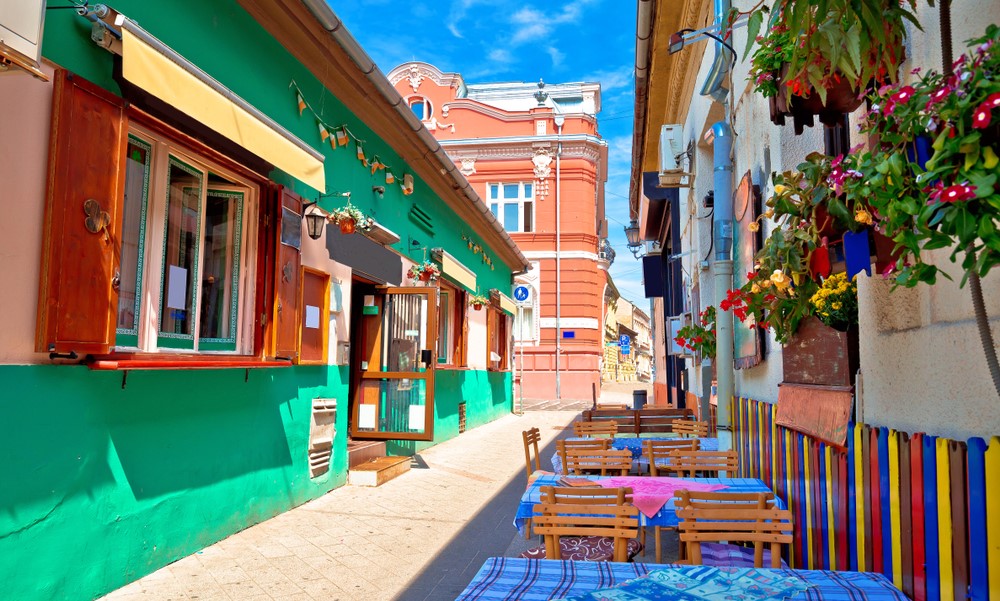
Serbian Kafana is a traditional cafe where they prepare local cuisine dishes, drink a lot of Rakia and have fun to live music on any day of the week. The musicians here work like karaoke: you pay them, order songs (usually sad) and sing them with all the kafana. Yes, the Serbs know how to have fun to sad music, such a paradox. Therefore, be sure to go to Kafana both for lunch and on the evening feast in the company of local.
2. See the Novi-Sad and listen to world stars at the Exit music festival
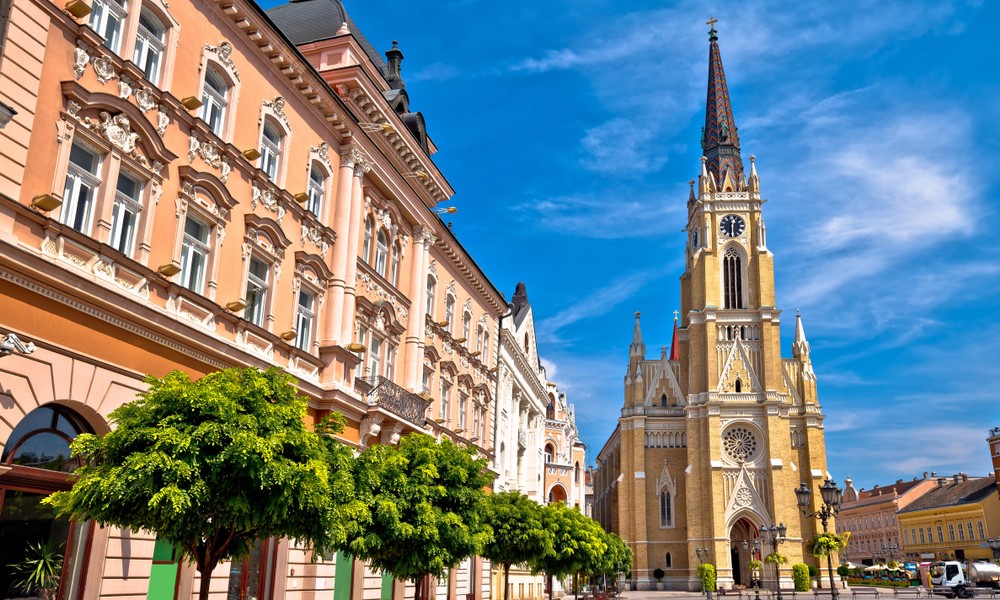
Novi-garden is the second largest city in Serbia. It is considered the cultural capital of the country. In terms of significance of culture, Novi-Sad is often compared with Athens, and in architecture-with Prague or Budapest in a miniature version. One of the attractions and pride of the city is the Petrovaradin fortress, built in the 17th century. This is a kind of gibraltar on the Danube, where it is cool to wander, enjoy the architecture and history of the place, as well as dance all legs at the international music festival, which takes place within the walls of the fortress for more than 20 years and collects world stars like The Prodigy, Nick Cave and the Bad Seeds and many others.
3. Take a ride along the Mountain Railway “Sharhansk Osmitsa”
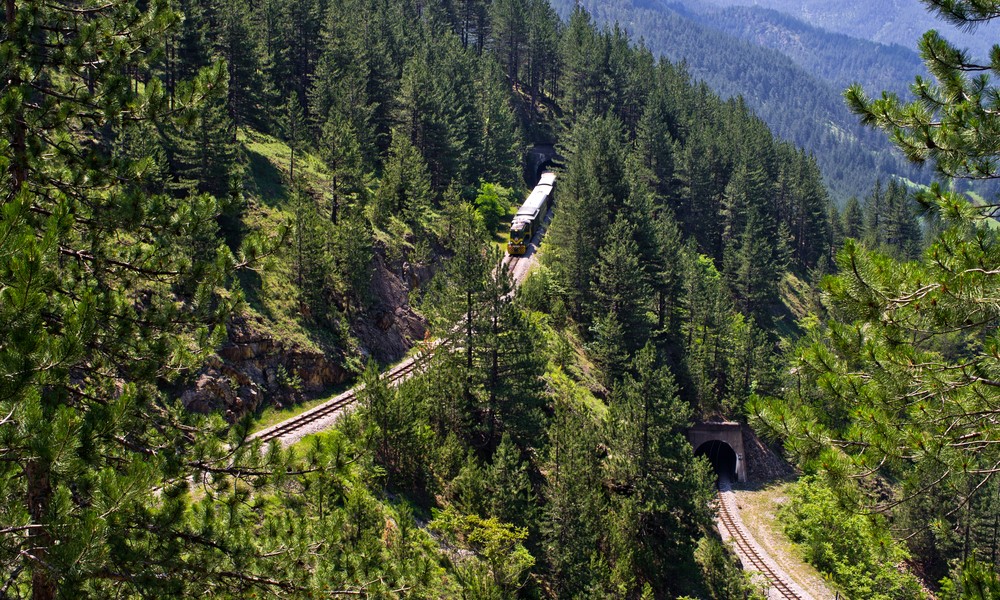
The Shargan Ottomitsa is a mountain narrow-hot railway in the south-west of Serbia, saturated with the spirit of history of the beginning of the 20th century. The road is famous not only for its picturesque views and shape (from a height it is clear that it forms the number eight), but also by stops along the way. For example, on the route you will meet the Graduate station, which was built specifically for the film by Emir Kusturitsa “Life as a Miracle” (by the way, like the famous Serbian village of Drewvengrad, which we also advise you to see).
4. Visit the Tara National Park and six more class places in the district
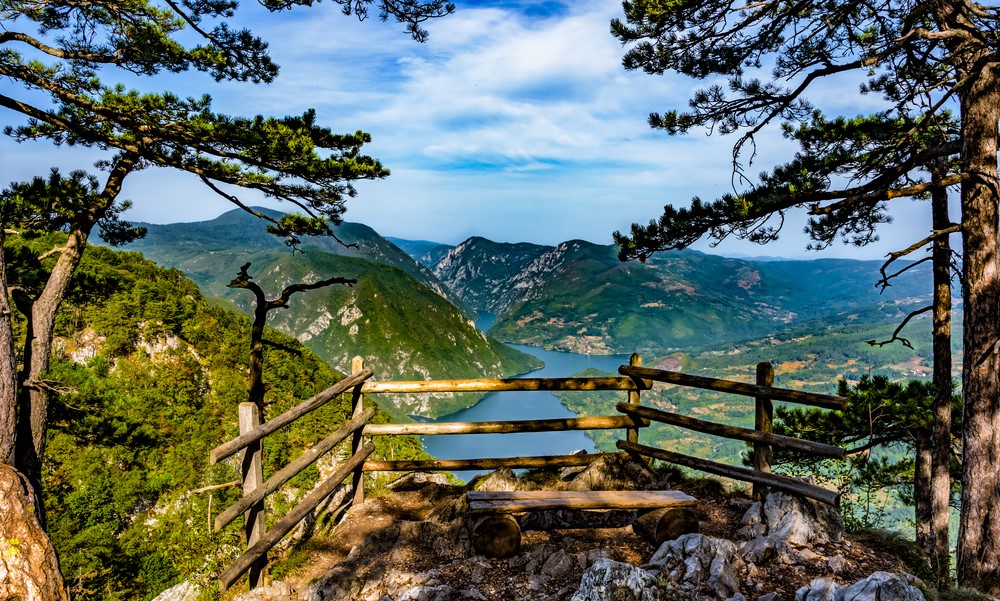
Tara National Park is perhaps the most famous reserve of the country with cool views, numerous viewing venues and entertainment for any interests and physical training. We recommend that you go for at least 2-3 days to study not only the park itself, but also the surroundings: the house on the rock in Baina-Bashta, the village of Kusturitsa “Drewvengrad”, the narrow-hot road “Sharhansk Osmitsa”, the Monastery of Rachi, the city of Zlatibor and the shortest river of Europe.
5. See a house on a rock located in the water on the line of the border of Serbia and Bosnia
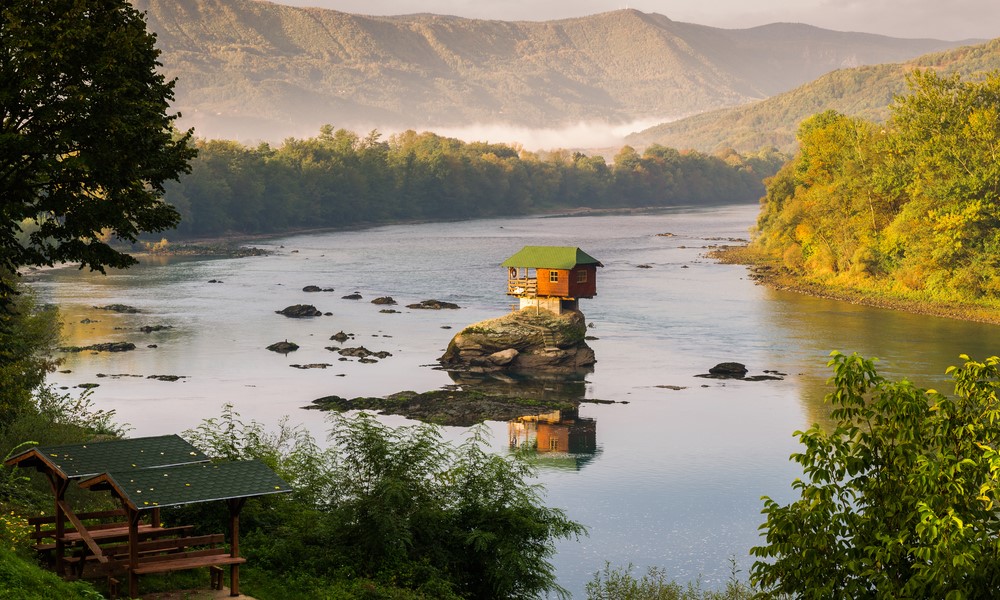
In the small town of Baina-Bashta near the Tara National Park there is an unusual attraction-a small house on the rock, which stands exactly in the middle of the Drini River on the line of the border between Serbia and Bosnia. According to legend, it was built by local children with adults 30–40 years ago so that the younger ones could swim the river in boats and play Robinson Crusoe in the “House on the Wood”. In fact, the building was a border point, and a rescue station, and the refuge of Rybakov.
Lifehack: If you do not want to look at the house only from the shore, but you want to get to the rock itself, then local fishermen will take you there in a boat for 10-15 euros. On all pillars near the survey site there is a sign with a phone number. Write SMS, and prank will certainly succeed.
6. Ski in the Kopaonika and see the devilish pillars
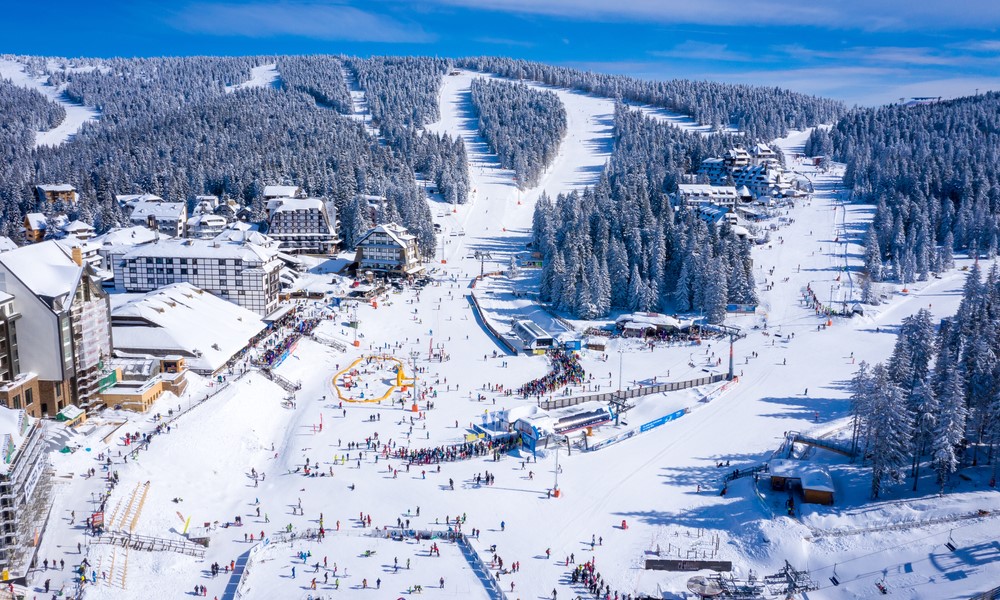
If you are planning a trip to Serbia in winter, then be sure to stop skiing or snowboarding to the Kopaonik National Park. The tracks and conditions here are modern and excellent, and prices are 3-5 times lower than in famous Austrian and French ski resorts. Nearby, you can also see the devilish pillars of Curses (unusual rocky formations on the mountain), thermal resorts of Yoshanichka Ban and the Ban Ban – where in Serbia without healing sources and the term. By the way, in the Ban of the Ban is the only hot source in the world with a temperature of 36.6 ° C.
7. See at the most beautiful fortress of Serbia
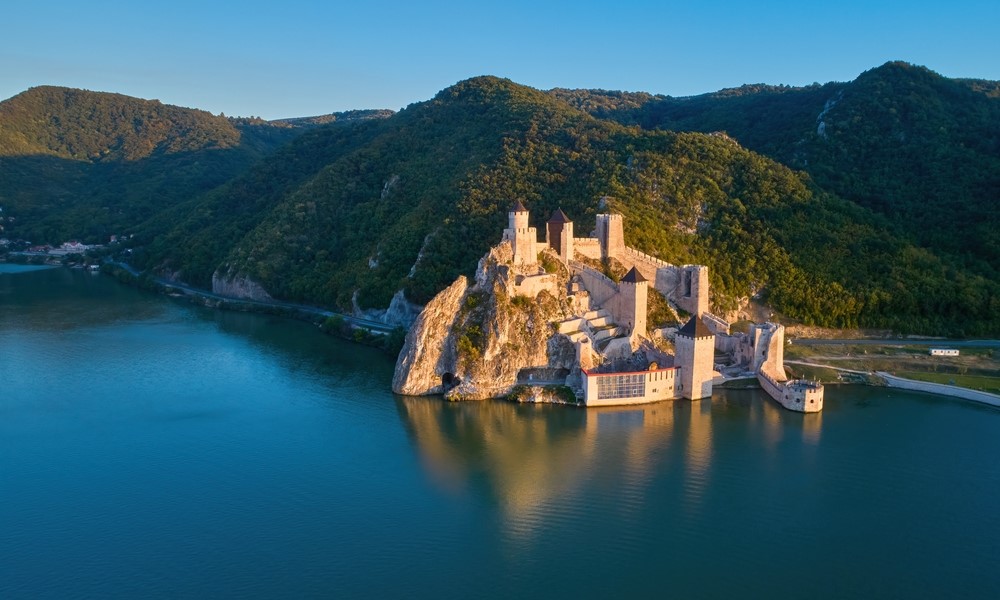
The Golubatsky fortress is located on a cloak in the Jerdap gorge near the border with Romania (it is literally on the other side). Until 2017, the construction of the 15th century was abandoned and absolutely not popular, but 7 million euros for restoration from Austria made one of the country’s top attractions from this place. A dozen towers, well -groomed territory, convenient infrastructure and exciting routes along the fortress – we recommend that you visit at any time of the year.
8. Go to Subotitsa and eat in McDonald’s in the city town hall
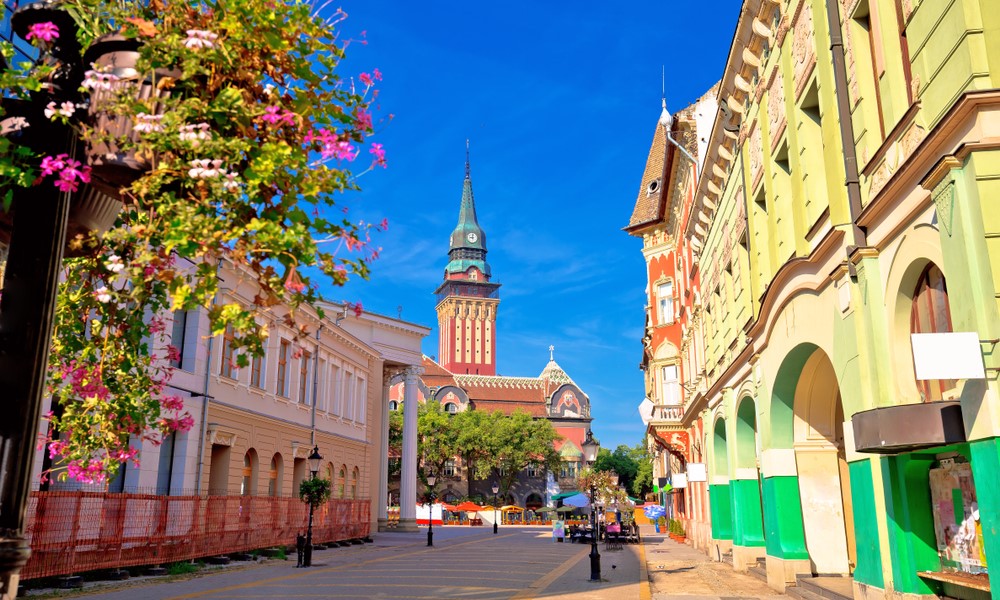
Subotitsa is a city kilometer from the border with Hungary with “gingerbread” buildings in the style of secession (the style of modern for Hungarian motives), “McDonald’s” in the city town hall and the rich history of the transition from one hand to others. Locals are warmly loved by Subotitsa and call the city of the second Barcelona due to the brightness of architecture and a large number of events, despite the number of 150 thousand people and remoteness from the country’s main attractions. Be sure to go to the local McDonald’s and eat a burger surrounded by stained glass, vintage chandeliers and forged stairs of the city town hall.
9. visit the game of a local football team

Visit Serbia and not visit football is a huge mistake. Local football culture is perfectly developed (even in small towns go to matches) and occupies an important part in everyday life. We recommend that you go to the derby of the Tsrven Star and Partisan teams in order not just to look at the game, but to enjoy the abundance of acute moments, to be part of the crowd of fans, screaming chants, and see tons of fires. Just be careful, often the matches end in shakes between the fans of different teams.
10. Visit one of 400 Belgrade clubs and learn more about the night life of the city
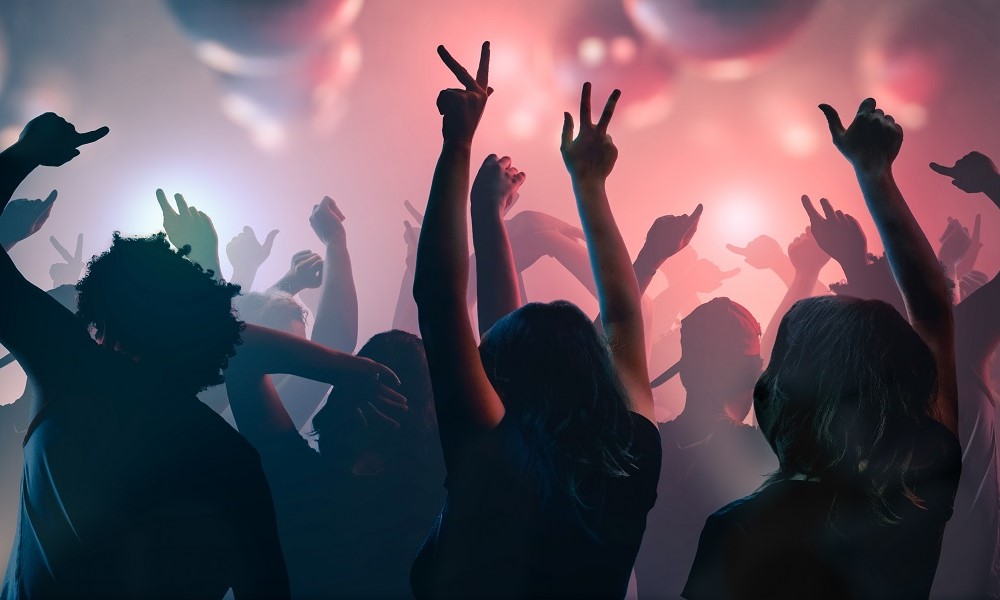
Museums and top-domesticity in the Serbian capital, of course, look like that, so we recommend that you find out the city from the point of view of night culture. Belgrade is one of the club capitals of Europe, there are 400 establishments of various sizes and character, where famous musicians periodically call. Dance under one of their sets – must have for a trip.
Conclusion
Serbia is a cool country for a short trip or a long trip, in which there are many different historical and natural places. But remember that it is important not the number of points visited on the map, but acquaintance and interaction with local residents. This is the only way you will find out what kind of country it is, what excites Serbs and how much does the bread cost in Pekara three quarters from the house.

